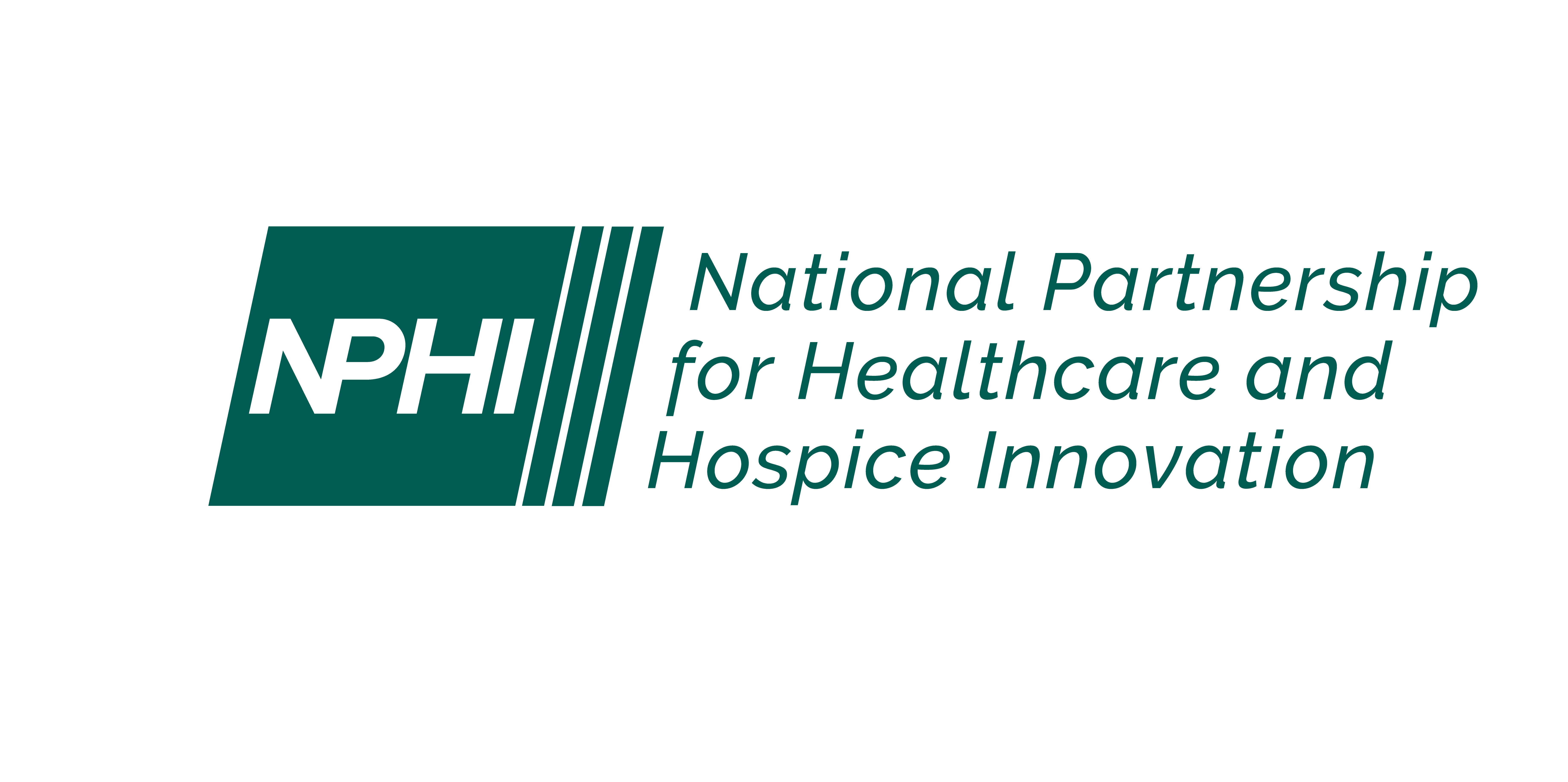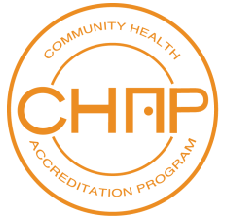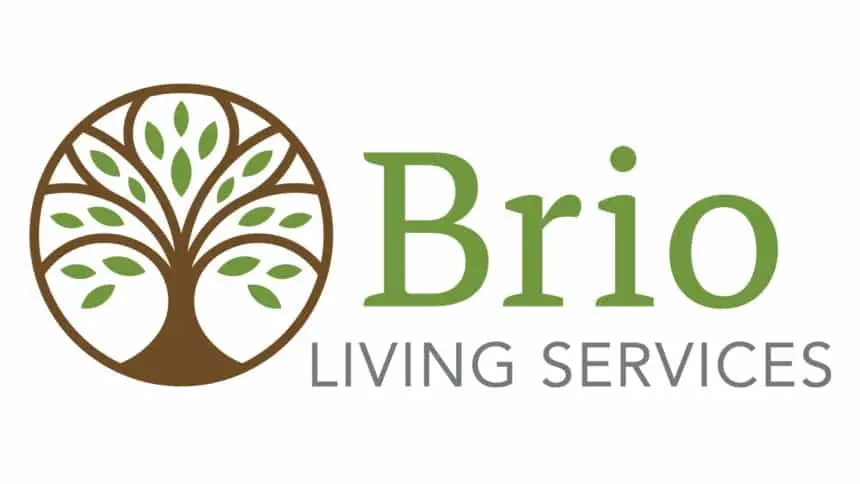We make hospice More About Living.
Let us help you have a plan to make the most of every moment at the end of life.
What Should We Expect?
First, we’ll ask your loved one the most important question, “How do you want to live?”
Then, we’ll assist you in creating a plan that suits your loved one’s physical, spiritual and emotional needs.
Finally, we’ll be there to support you at every step, even after your loved one passes.







